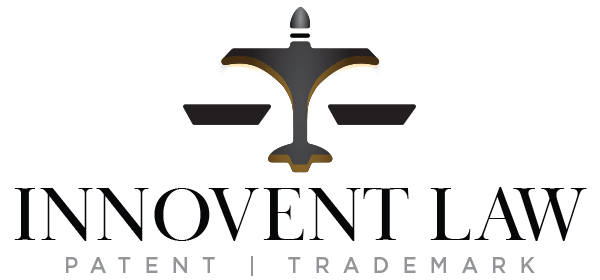You’ve perfected your new invention! Are you ready to take it to the next step? That is securing a patent. Unfortunately, there is more than one step to securing a patent. Is your invention even patentable? Determining this at the beginning of your patent journey can save you thousands of dollars. This would be the case of filing for a patent application only to get it rejected in the end because it isn’t patentable.
One word of advice: if your invention isn’t patentable don’t lost hope! There might be several intellectual property resources available for protecting your work. That is, if obtaining a patent is not feasible.
First of all, let’s get one thing out of the way: you cannot patent an idea; but you can patent an invention. While you don’t need a working prototype, you need to be able to describe your work in enough details (words and drawings) so that someone in your field could make this. This is called “enablement”.
If you do have an invention you’d like to patent, your invention must be:
- Novel (meaning new)
- Non-obvious
- Useful
Okay, this is a good start. But what do these conditions mean exactly?
Novel
This means that your invention is new, and there is no other existing invention like it available. In order for your invention to be novel, it must not have been in use, on sale, or otherwise known to the public for more than a year before your patent filing date. However, there are some exceptions to absolute novelty – there is a one-year “grace period” between which an invention has either been in sale or publicly disclosed.
This to say that if you’ve invented something or came up with a great new concept, you could show your idea to the public or even start selling your work. But keep in mind, the clock starts ticking from either one of those events (showing your work to the public or selling.) You essentially have one year from the time you start showing the public your work or from the time you start selling your invention to be able to get a patent on your work.
Non-obvious
Your invention cannot be like any other invention out there, hence the name “non-obvious”. That means that there must be clear, protectable difference between your invention and already existing inventions that are not obvious to a person with skills in your invention’s relevant area of technology. Obviousness can often be challenging for inventors to determine. For example: if you combine two already existing inventions into one, do you now have a novel, non-obvious invention since the combination hasn’t be done before? The short answer is no. Your invention hasn’t created something completely new and is obviously a combination of already existing patented inventions; you will not be able to patent. If people could not combine those 2 things before you and you solved a problem combining that work then you could patent your invention.
Useful
An invention is industrially applicable if it can be utilized or produced in any type of industry. Whether it’s financial services; medical services; fashion; technology; etc… Secondly: an invention must also be established within the laws of nature. An invention that defies the laws of nature and just isn’t conceivable in the real world won’t meet the patentability requirements to obtain a patent. Things that aren’t possible by the laws of science can’t become patented.
Here’s several rules to make your invention more patentable:
- Your invention cannot be a natural discovery – if you’ve made a natural discovery, great! However, you cannot patent your discovery purely on the fact that you were the first one to find it. In order to obtain a patent, you must have used your discovery to produce a new invention from it. For example, let’s pretend you were the first to discover a new plant. You can’t patent the plant, but you can create something new out of the plant that you can patent.
- Your invention must not be too abstract or conceptual. If you’ve invented a new math formula, you cannot patent it purely on the fact that it exists. You are more likely to patent something if it is tied to an invention or a process.
- Your invention must be outlined clearly. You have to clearly define and outline your invention through sufficient technical detail and legal precision in your writing and drawings. You should also ensure that you are not making speculations about its abilities. For example, if you claim that your invention can do something in particular, you must ensure that your claim is provable.
Determining whether your invention is patentable is not always a walk in the park. Make sure you reach out to an patent professional to help you with this process. Most of the time it is better to get expert advice on whether your invention is patent-eligible. That is before you invest too much of your time or money.
